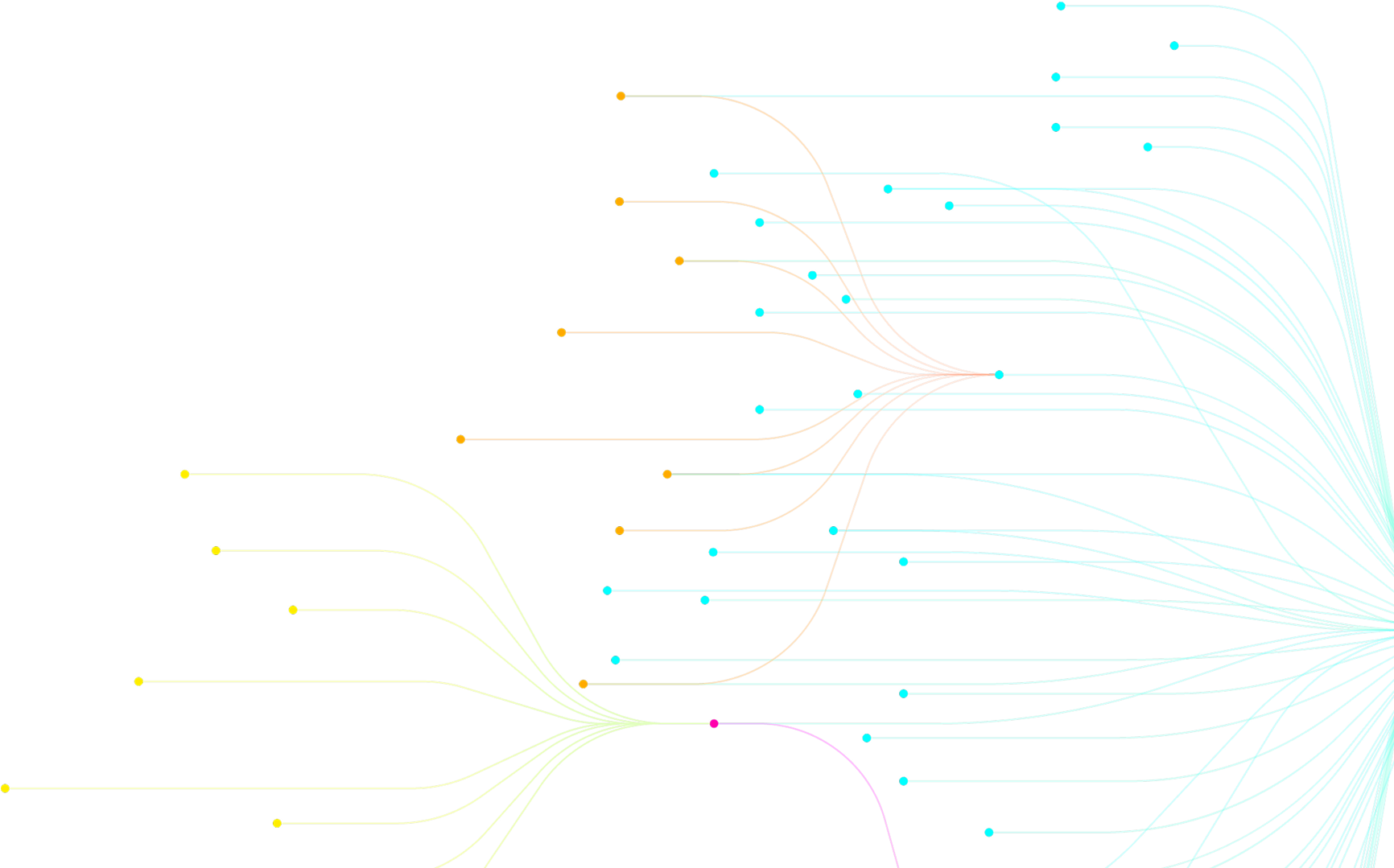
Architecture Overview
A novel packet-level approach to network security
ZPR is built around three key components: ZPL (Zero trust Policy Language) – a readable, structured language for defining access rules based on user, device, and service attributes. ZDP (ZPR Data Protocol) – a packet format that replaces traditional IP headers with a permission identifier called a visa. ZPRnet Nodes and Services – a distributed routing layer where each node enforces policy based on visa validation rather than IP information.

ZPRnets
A ZPRnet is a distributed routing layer where policy enforcement happens at every node, not just at the perimeter. Each node checks visas locally before forwarding traffic, ensuring that no unauthorized packet slips through anywhere in the system. This creates a uniform fabric of security across datacenters, clouds, and the Internet.
Authenticated Identities
Every user, device, and service has an authenticated identity bound to attributes such as role or clearance. These attributes can come from trusted organizational services like LDAP or Active Directory. Because policies are written against identities instead of locations, ZPR eliminates the fragility of IP-based trust.
Adapters and Integration
Adapters sit at the edges of the ZPRnet and connect legacy IP endpoints. They transform traditional IP packets into ZDP packets, inject visas, and return packets to IP when leaving the network. This allows organizations to adopt ZPR incrementally without changing existing applications.
ZDP
ZPR Data Protocol
ZDP defines how packets carry proof of authorization in the form of a visa ID. By replacing traditional IP headers with visas and integrity checks, it ensures each packet can be validated against policy at every hop.

Transit Packets
ZDP introduces compact transit packets that contain only the information required for routing and enforcement. By stripping out reliance on source and destination IP, ZDP prevents attackers from exploiting address spoofing or topology assumptions.
Visa as Authorization Token
Every ZDP packet carries a reference to a cryptographic visa that encodes sender, receiver, and policy compliance. Visas act as real-time permission slips, and packets without them are dropped instantly. This turns the act of forwarding into a continuous enforcement checkpoint.
Integrity and Compliance
Each packet contains a message integrity check value (MICV) that binds the visa to the payload. This ensures packets cannot be forged or altered in transit. Flows automatically adapt when attributes or policies change, keeping communication compliant without manual intervention.
ZPL
Zero trust Policy Language: Readable rules that the network can enforce
ZPL is a human-readable language for defining enforceable network policies. It describes who can communicate, under what conditions, and with which services, all based on authenticated identities and attributes rather than IP addresses.
Purpose of ZPL
ZPL replaces brittle firewall and Network Security Group rules with policies that map directly to organizational logic. Instead of chaining together IP addresses and ports, policies read like clear sentences describing who may talk to what. This makes policies easier to understand, maintain, and verify.
Permissions and Denials
ZPL policies combine positive permissions with explicit denials. Permissions define the safe pathways of communication, while denials serve as guardrails that cannot be overridden.
This model allows teams to grant access confidently without the risk of unintentionally opening forbidden routes.
Attributes as Policy Inputs
Policies are written in terms of the attributes that make user, device, and service identities. For example, engineers with managed laptops may be allowed to reach build servers, while contractors may be restricted. Because policies are attribute-based, they stay valid as workloads and identities move across environments.
